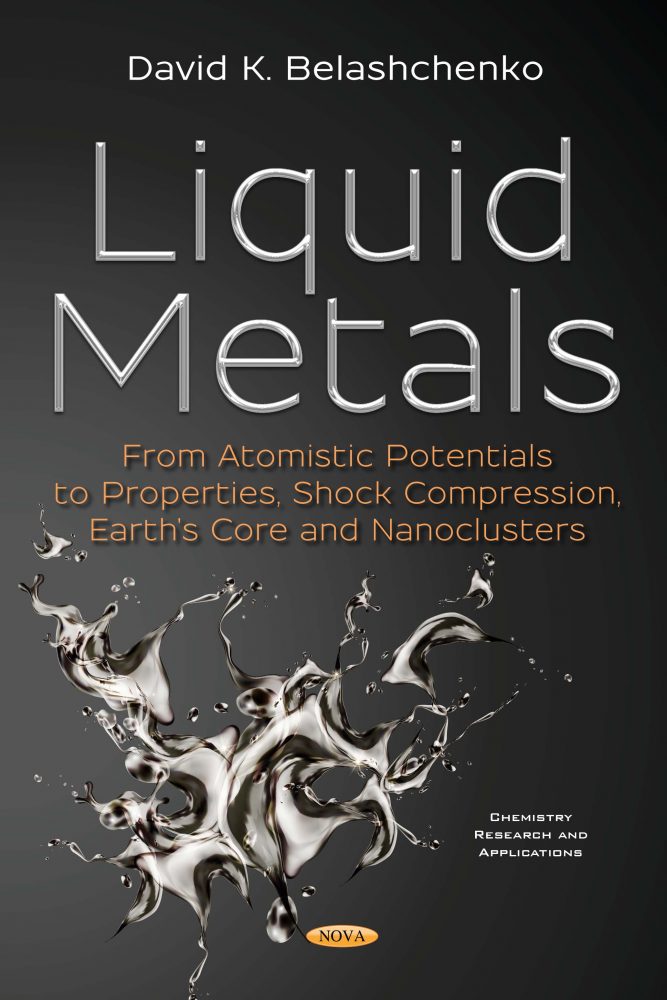
# **Galileo Galilei’s Discorsi: His Authentic Scientific Heritage**
When engaging in conversations about **Galileo Galilei (1564–1642)** and his scientific achievements, many instantly recall two primary texts: *Dialogo sopra i due massimi sistemi del mondo* (*Dialogue Concerning the Two Chief World Systems*, 1632) and *Sidereus Nuncius* (*The Starry Messenger*, 1610). The *Dialogo* is renowned chiefly for the uproar it incited with the **Catholic Church**, culminating in Galileo’s trial and subsequent house arrest. Conversely, *Sidereus Nuncius* heralded the advent of **telescopic astronomy**, showcasing his findings on the Moon’s surface, the moons of Jupiter, and the Milky Way.
Nonetheless, while these written works brought Galileo notoriety (for better or worse), neither constitutes his most **lasting contribution to science**. The *Dialogo* is predominantly argumentative and fails to substantiate the **heliocentric model** on a genuinely scientific foundation. Likewise, *Sidereus Nuncius*, despite its significance, **did not present any exclusive discoveries** that others had not also achieved independently.
Galileo’s **true scientific legacy** is encapsulated in his **Discorsi e Dimostrazioni Matematiche, intorno a due nuove scienze** (*Discourses and Mathematical Demonstrations Relating to Two New Sciences*), released in 1638. This work, frequently referred to simply as the *Discorsi*, showcases his **most thorough scientific endeavor**, establishing the groundwork for contemporary **physics and engineering**.
—
## **The Prolonged Journey to the *Discorsi***
Although the *Discorsi* was **released in 1638**, the bulk of its **research and conceptual development was carried out over two decades prior**, during his time as **professor of mathematics at the University of Padua (1592–1610)**. The concept for the book took shape in **1609**, yet various factors, including fame and conflict with the **Inquisition**, postponed its finalization.
In 1609, Galileo came into possession of **his initial telescope** and began his telescopic findings. These revelations elevated him from an **obscure mathematician** to a **renowned scientist**, securing him a prestigious role at the **Medici Court in Florence**. However, his determination to substantiate the **Copernican heliocentric theory** attracted intensified scrutiny from ecclesiastical authorities. His **initial confrontation with the Inquisition** occurred in **1616**, when he received admonitions against teaching or endorsing Copernican concepts.
Ten years later, a heated scientific disagreement arose with **Jesuit astronomer Orazio Grassi** regarding the essence of comets, culminating in his publication *Il Saggiatore* (1623). Although this work was dedicated to **Pope Urban VIII**, it upset numerous scholars and paved the way for his **trial following the release of the *Dialogo* in 1632**. Found guilty of **serious suspicion of heresy**, he was compelled to renounce his views and sentenced to lifelong **house arrest**.
Ironically, this period of seclusion **afforded him the time** needed to revisit his previously postponed work on **motion and materials**. Consequently, in **exile**, he successfully finalized the *Discorsi*, which was published by the Protestant printer **Louis Elzevier in Leiden (1638)**, bypassing the **Catholic Church’s prohibition**.
—
## **The Structure and Themes of the *Discorsi***
Similar to the *Dialogo*, this book is formatted as a **dialogue** involving three personas:
– **Salviati** (representing Galileo’s perspective)
– **Sagredo** (the inquisitive skeptic)
– **Simplicio** (the Aristotelian adversary)
The dialogue unfolds over **four days**, addressing two principal subjects:
1. **The strength of materials (Days 1 & 2)**
2. **The principles of motion (Days 3 & 4)**
While Days 3 and 4 are often deemed the most revolutionary, Days 1 and 2 signify **notable breakthroughs in material science and engineering**, fields that are frequently underappreciated.
—
## **Day One: The Strength of Materials**
The initial discussion is situated in **the Venetian Arsenal**, a center of shipbuilding and mechanical innovation. Here, Galileo and his interlocutors deliberate on the **constraints linked to enlarging constructions**.
### **Key Concepts Explored:**
– Enlarging the **size of an object** results in its weight increasing **more rapidly than its structural strength**.
– A **horse falling from a certain elevation** will endure broken bones, yet a smaller creature (like a cat) can withstand a **higher drop** without harm.
– The durability of materials is influenced by